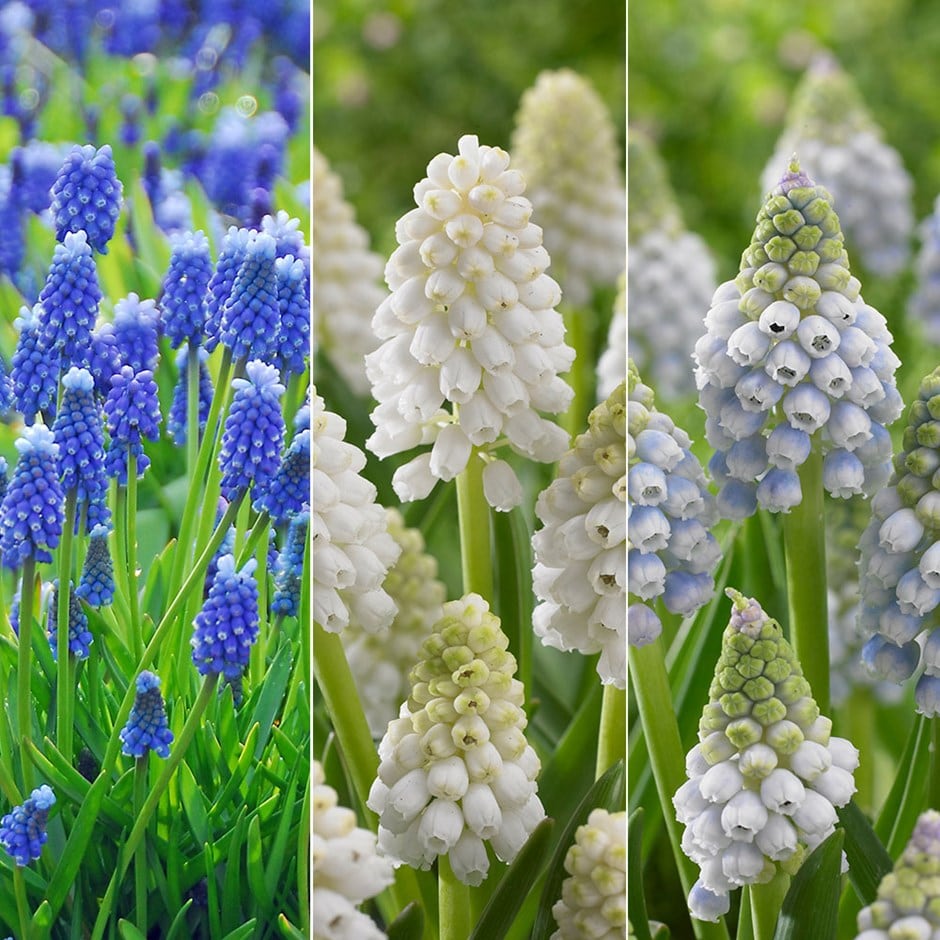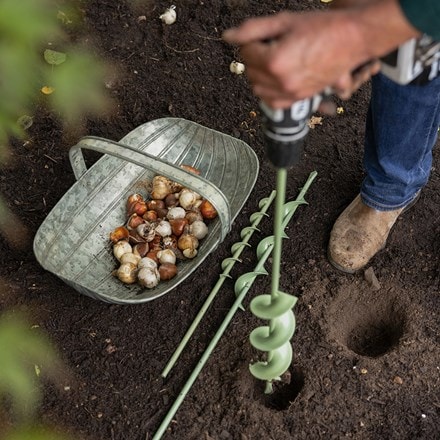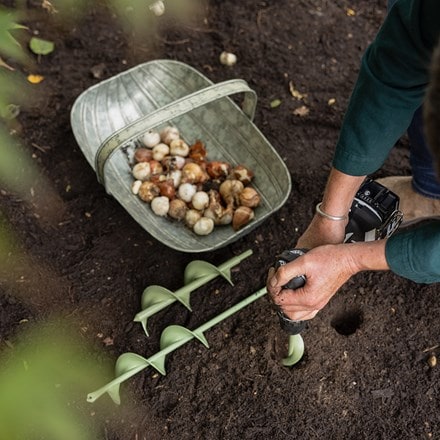Grape hyacinth collection
grape hyacinth collection
- 1 collection | 80 bulbs
- £19.95
- available to order from autumn 2024
- 2 + 1 FREE collections | 240 bulbs
- £39.90
- available to order from autumn 2024
Delivery options
- Bulbs (only) £4.95
- Position: Full sun
- Soil: Moderately fertile, moist, well-drained soil
- Rate of growth: Average
- Flowering period: April to May
- Hardiness: Fully hardy
Immerse yourself in the captivating allure of our early spring grape hyacinth collection, featuring delicate blue and white muscari that evoke the elegance of Spode porcelain. Embrace the enchanting beauty of these flowers as they herald the arrival of spring, with each one complementing the other and enhancing your early spring borders and patio pots.
In each collection you will receive the following:
- 15 × Muscari 'White Magic': From amongst the basal rosette of rich green foliage, pretty green-budded flowerspikes emerge in mid-spring, opening from the base to scented small white flowers. Less vigorous than the M. armeniacum, it makes a lovely addition to the alpine garden or rockery, and looks great in a pot filled with mixed seasonal colour. Grows to 15cm.
- 15 × Muscari 'Ocean Magic': Densely crowded on the upright flowerspike, the green buds open to reveal small, soft blue scented flowers, each with a puckered white mouth. A well-behaved addition to a naturalised setting, it also looks wonderful when used in pots (including windowboxes). Grows to 15cm.
- 50 × Muscari armeniacum: Charming, cone-shaped spikes of tiny, mid-blue flowers appear in April and May above the grass-like, mid-green leaves. Grape hyacinths look gorgeous peeping out of a large container, planted with yellow, spring-flowering pansies. Quickly forming small colonies, they're also valuable for naturalising at the front of a sunny mixed or shrub border. Grows to 15cm.
- Humans/Pets: Ornamental bulbs - not to be eaten



